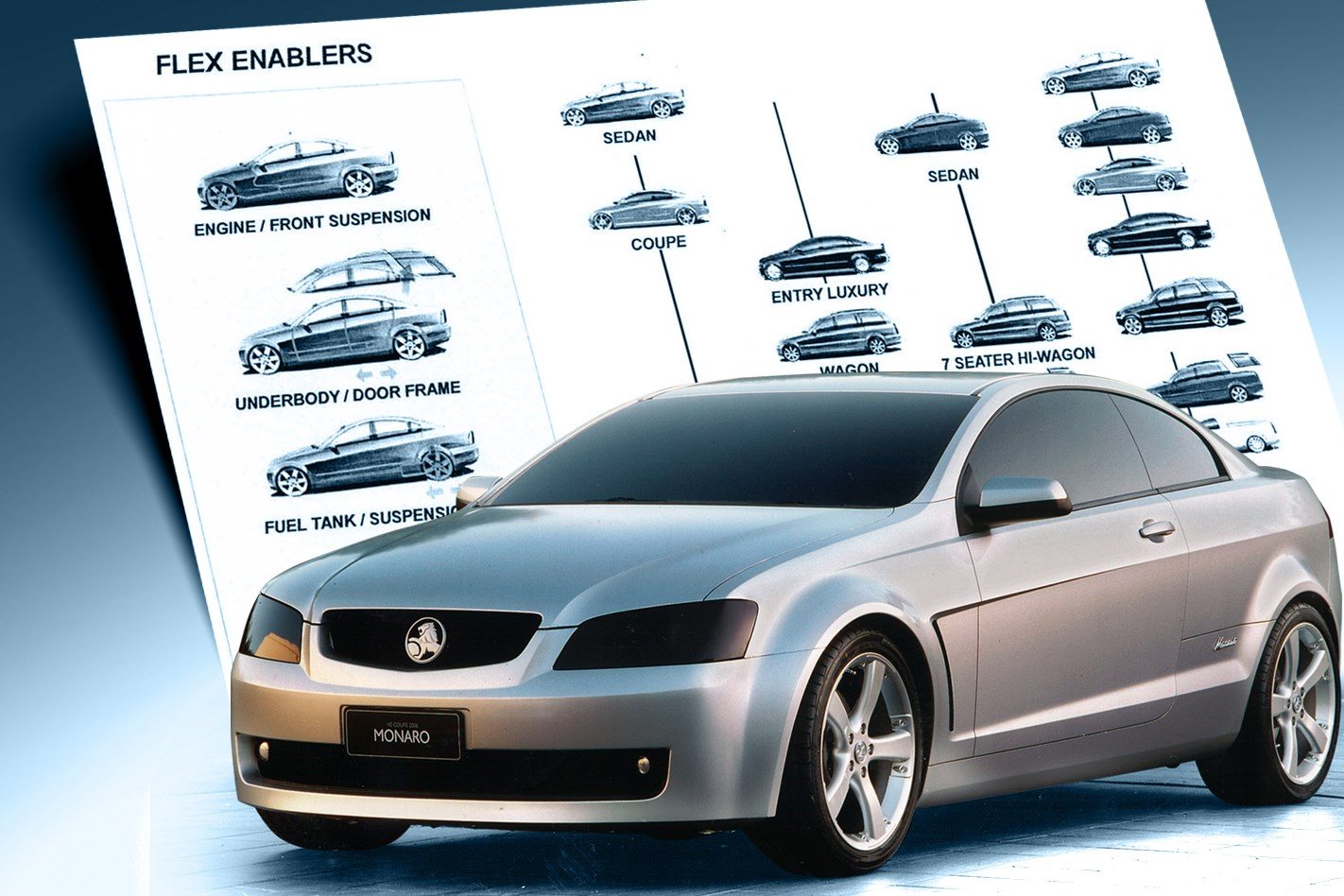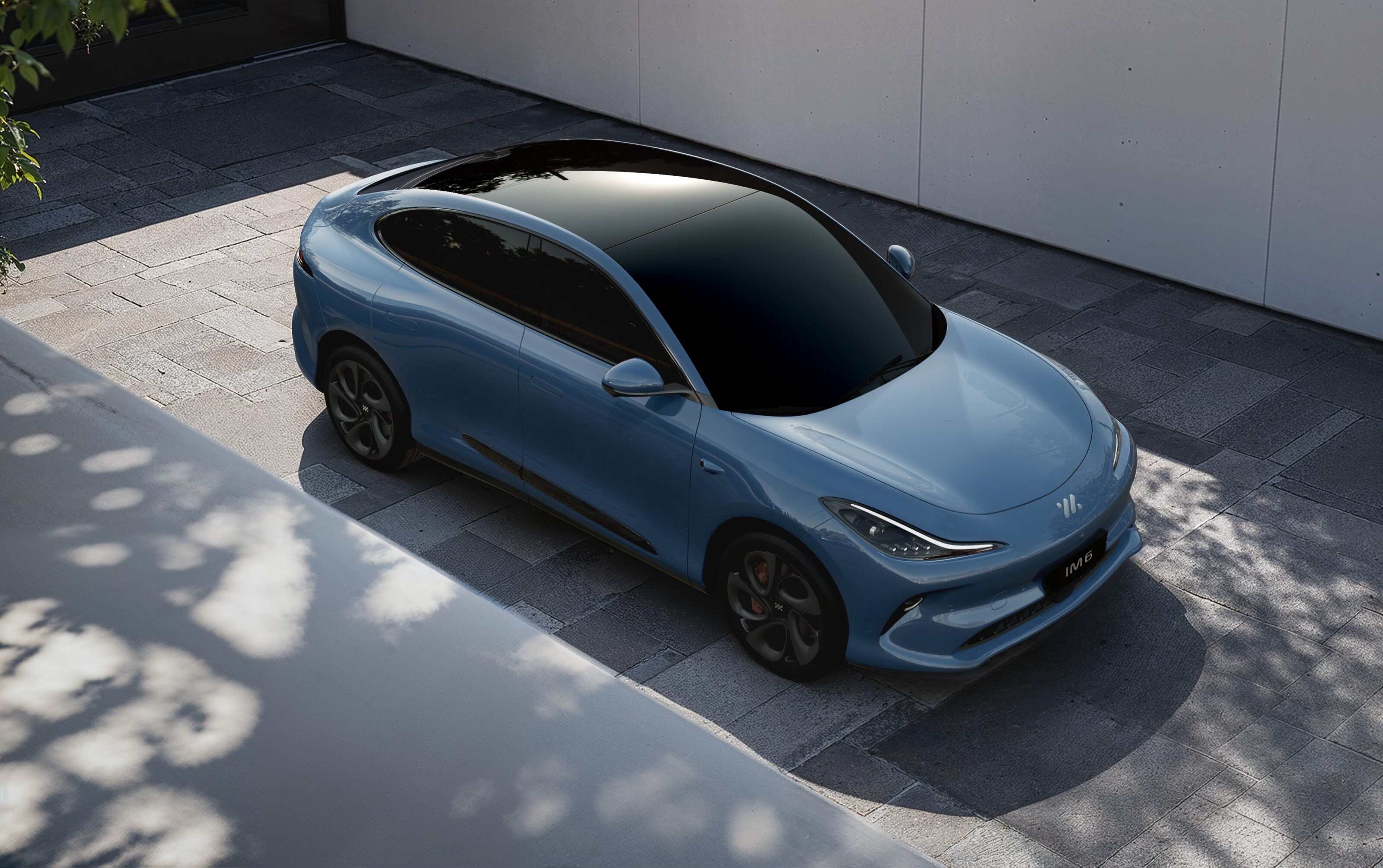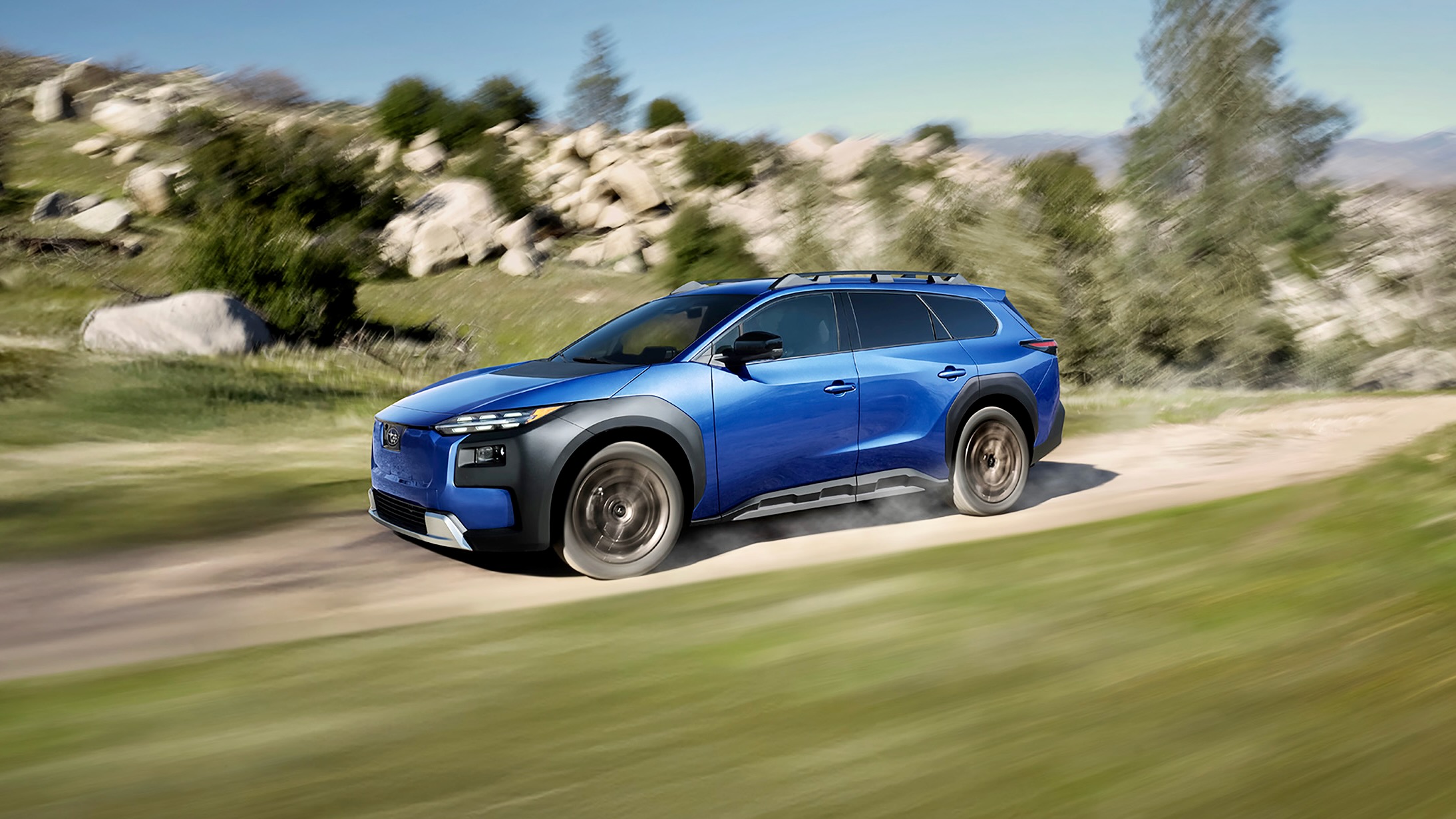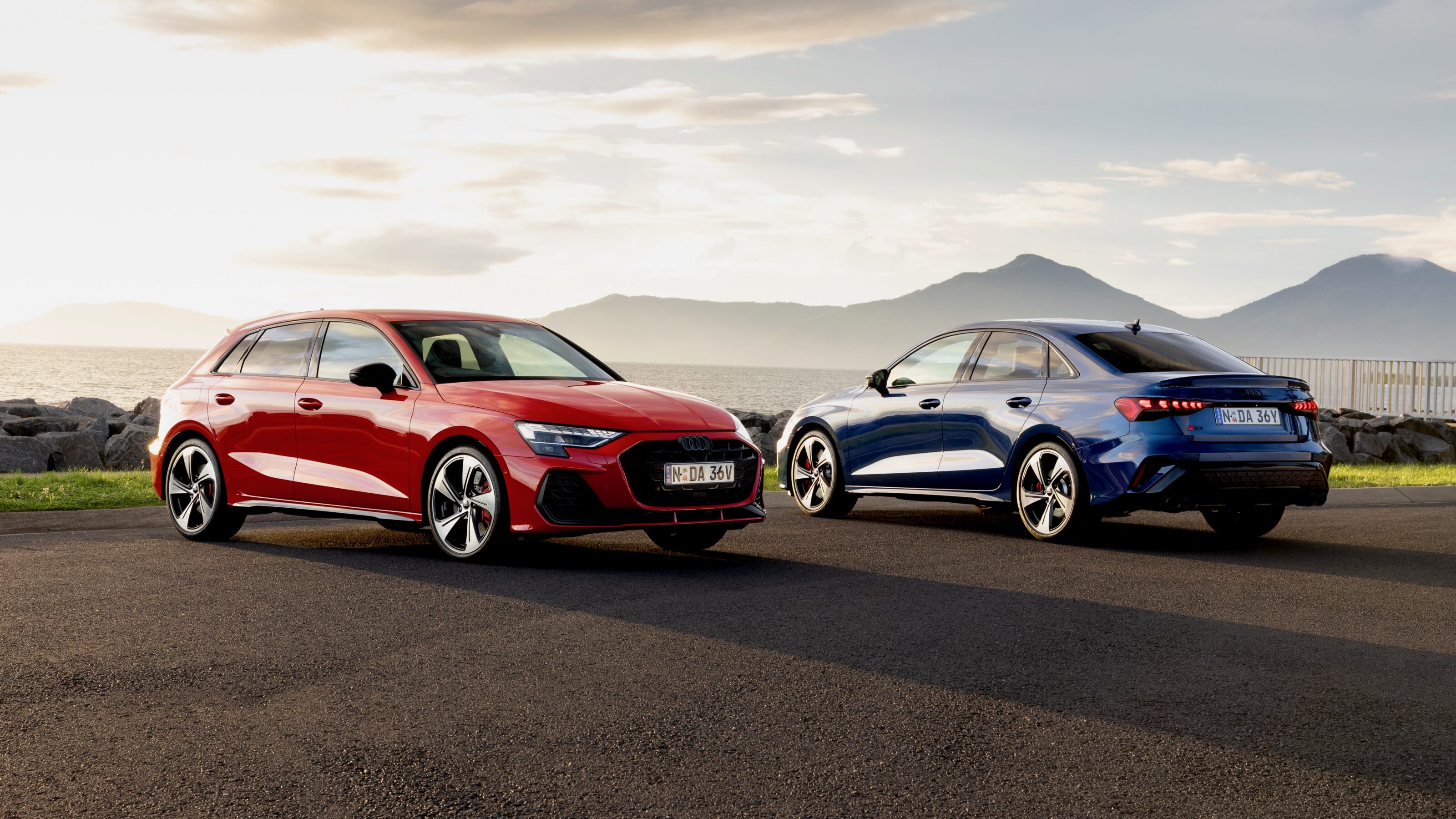A design document kept secret by Holden for two decades has been uncovered by Wheels, revealing initial plans for several tantalising VE Commodore variants.
Top of the pile is a mid-size sedan that would have revived the Torana body style for Holden. Among the other lost VE Commodore models are a coupe and coupe ute, a cab-chassis ute, a shooting brake-style wagon, and even a seven-seater…
The secret document is believed to be an exploration into the different possibilities of a versatile flex architecture strategy; a result of an early brainstorming session by Holden’s design team.
Wheels understands the study was created around the turn of the millennium when development of Holden’s billion-dollar baby was still in its infancy.
In total, Holden’s designers envisaged the possibility for nine or more variants to be spun off the VE Commodore and its Zeta platform.
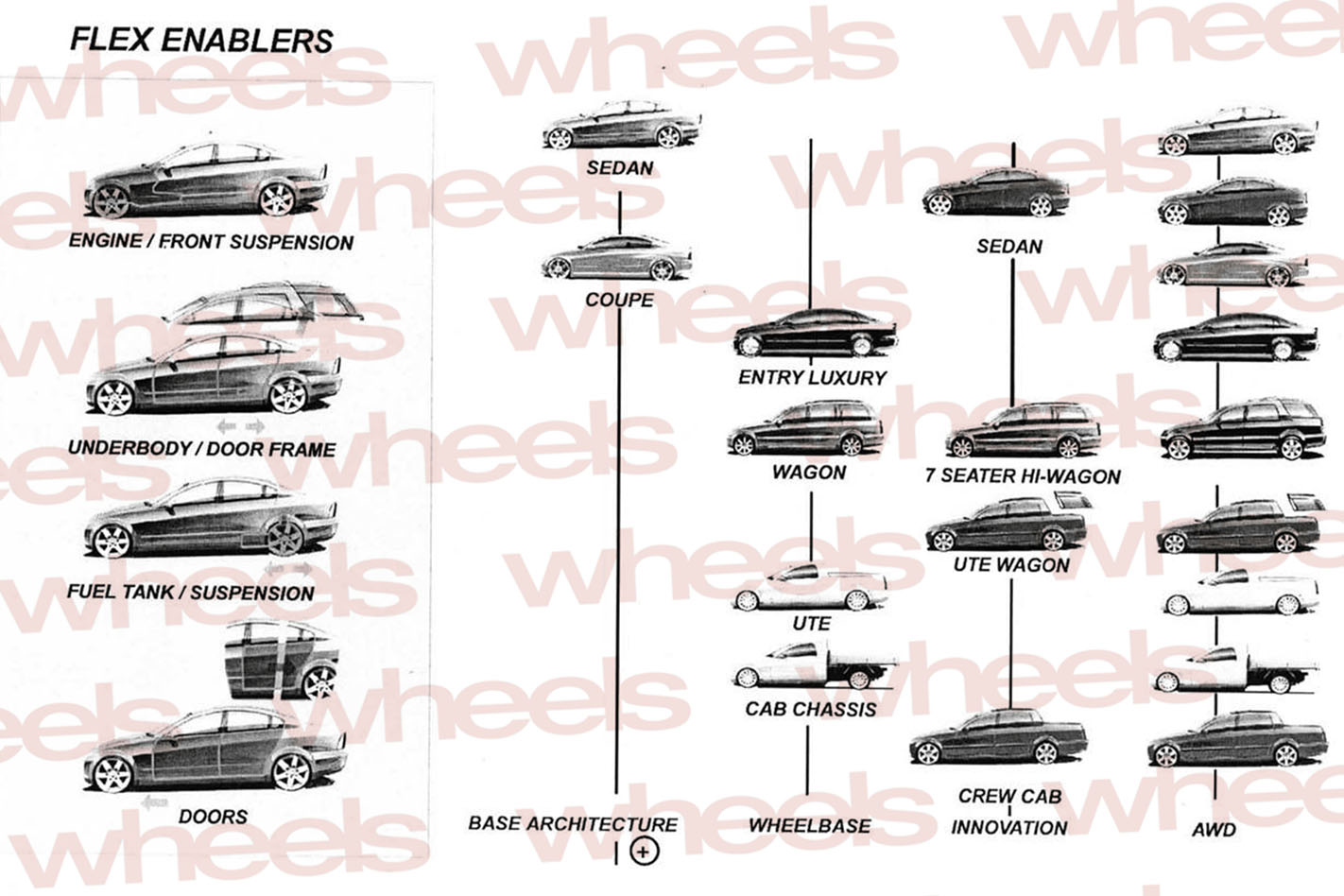
Nestled amidst the different ute and wagon body styles on the document is a short-overhang sedan which Wheels understands to be a Torana-sized body.
This model would eventually come to three-dimensional fruition in the form of the TT36 concept from 2004; well ahead of the VE’s 2006 launch
The rear-drive concept was powered by a 280kW/480Nm twin-turbo version of Holden’s 3.6-litre Alloytech V6, but it was reported the engine bay would also accommodate a V8 if required.
Holden’s designers said in 2004 that the Zeta platform which was in the final stages of development at the time wasn’t suitable for the project, nor Cadillac’s Sigma platform, or Pontiac’s Kappa architecture.
Instead, they claimed the concept used a completely unique, all-new, Holden-designed platform that followed the same philosophy of the Kappa chassis – built at a cost of $3.5 million.
It is understood that a production version would have utilised the Zeta platform, with GM head honcho Bob Lutz eager for the architecture to spawn a BMW 3 Series rival.
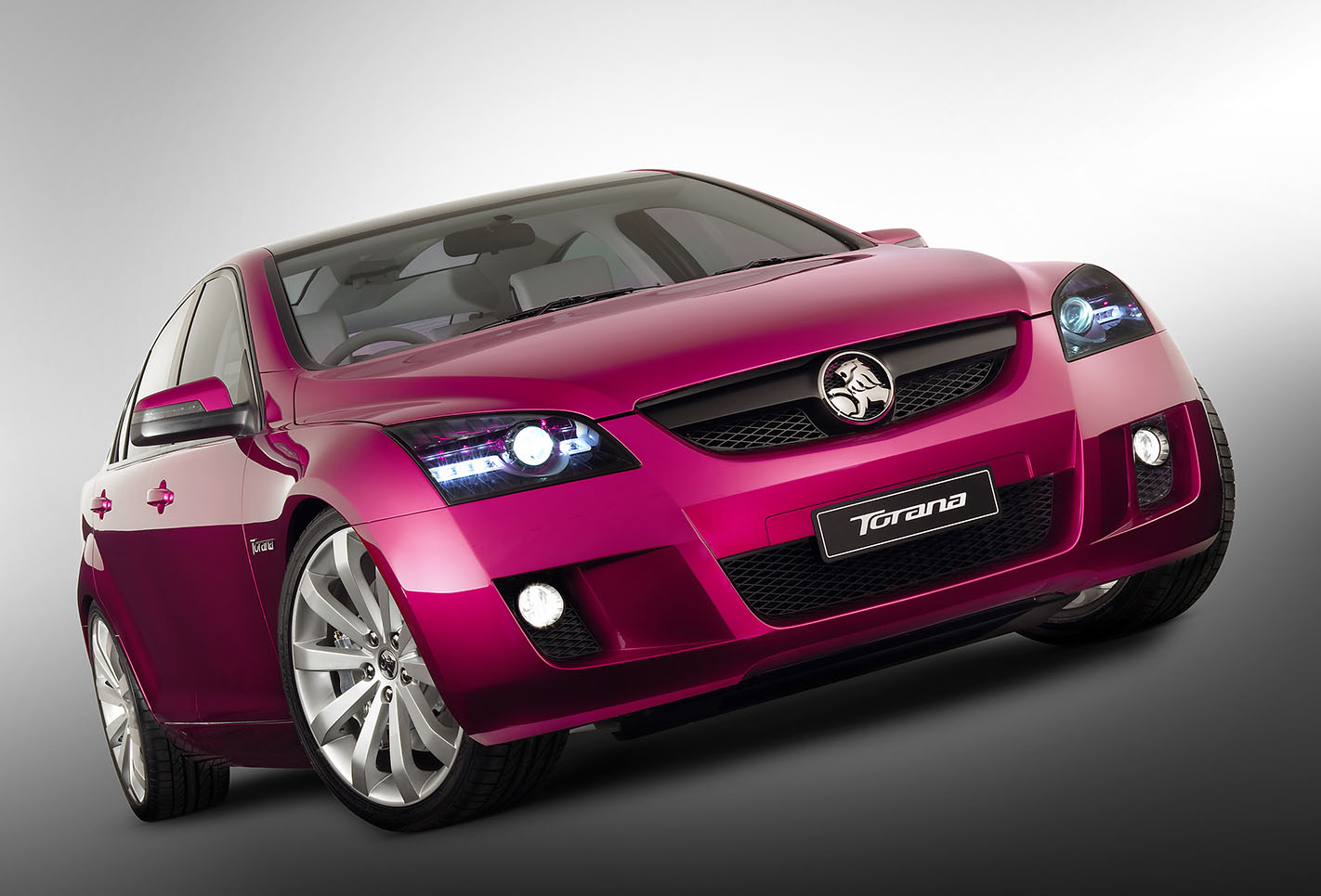
Former Holden design director Tony Stolfo hinted in 2004 that the TT36’s relation to the VE Commodore would follow two years later. We now know these production ideas where being discussed within Holden’s boardroom.
“It displays some of the key proportions we’ll see in future cars: front wheels forward, minimal overhang, high belt lines and a high deck,” Stolfo said in 2004.
“All these elements create strength and purpose and deliver expressive, contemporary styling.”
A limiting factor in putting a reduced rear-overhang bodystyle is Australia’s predilection for full-size spare tyres.
Reducing the bodywork behind the rear axle would require Holden to have ditched the full-size wheel and instead opt for an inflator kit for the hypothetical VE Torana.
While not the deciding factor in the variant’s feasibility, it was certainly debated by designers and engineers.
This newly surfaced document confirms that Holden designers were planning for every possible VE Commodore model to eventually be offered with an all-wheel-drive powertrain, similar to what was teased with the SSX concept car.
Revealed at the 2002 Sydney Motor Show, the VX-based concept was fitted with GM’s Gen III V8, paired with all-wheel-drive running gear.

It was well-known at the time that the underpinnings of the SSX had potential for production.
Mike Simcoe, then head of design for the Monaro and SSX, and now General Motors’ Vice President of Global Design, isn’t a fan of pie-in-the-sky concept vehicles.
“Concept cars are nice to do, but I like to think everything we do has the feasibility of going into production. And the SSX was built with this in mind,” he was quoted as saying in 2002.
While Holden did build all-wheel-drive V8 wagons in the form of the high-riding Adventura, history tells us the VE ended up as a rear-drive-only proposition.
Holden and GM’s official line at the time was that there wasn’t a strong enough business case to invest in an all-wheel-drive application for its Gen IV V8.
Of the lost variants, the VE coupe (a natural successor to the VZ-based Monaro) included in the document got the closest to production. A version of the car was fully modelled before going into a stasis for a number of years.
It would finally be shown to the public after some additional tweaking in the shape of the Coupe 60 concept car.
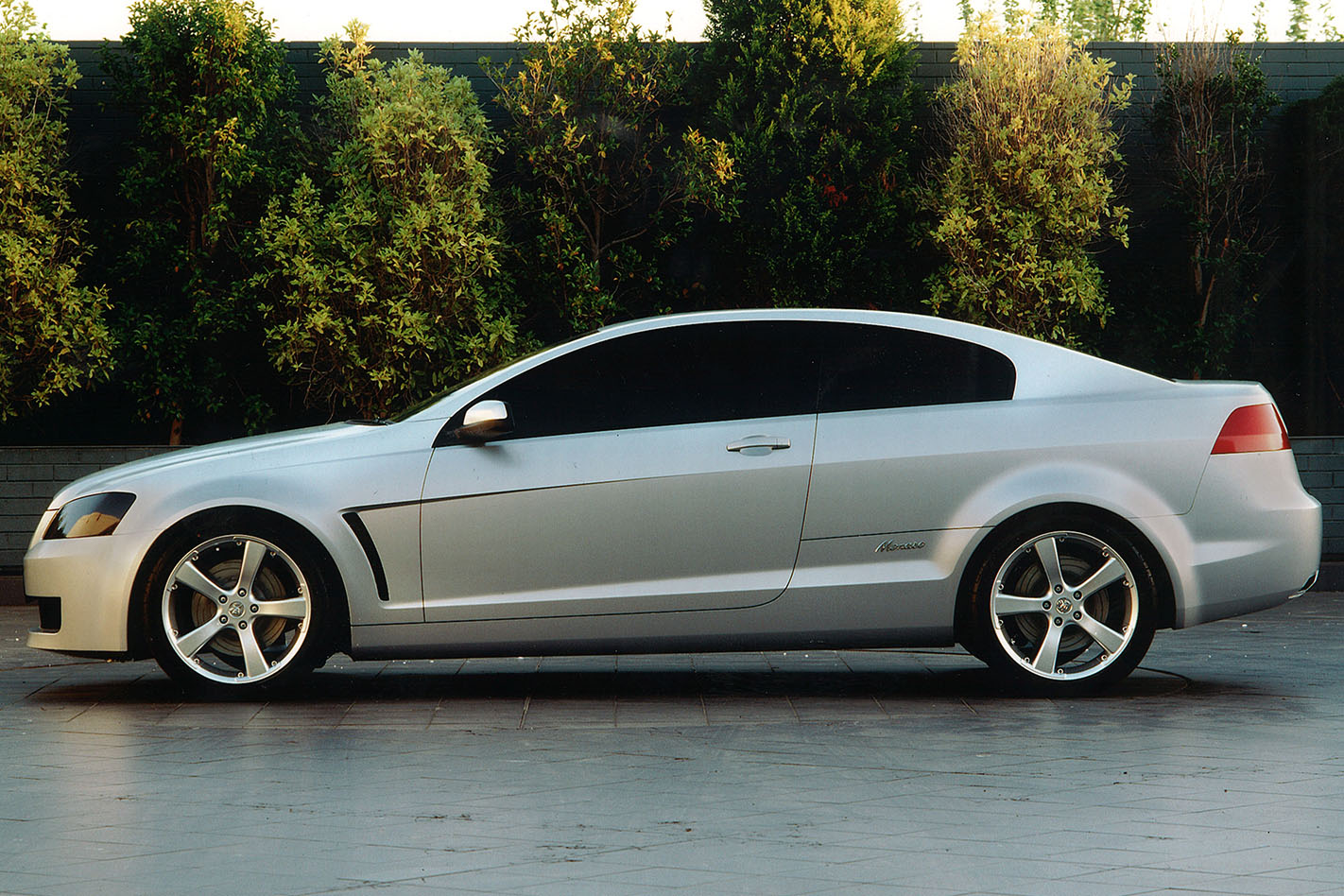
Simcoe revealed to Wheels in 2016 a VE Monaro’s production would rely on parts sharing to succeed.
“The point of the coupe and the coupe ute was the sharing of the long door and glass to save investment, but from our design standpoint it made the ute much more sleek and low, with frameless glass allowing a single door and a simple profile change to the edge of the glass to suit two different roof shapes,” he said.
“For the coupe it meant frameless, and therefore a slimmer, more open upper.”
Full-size clay models of both the VE coupe and coupe ute were created, showing how serious Holden was about the potential variants.
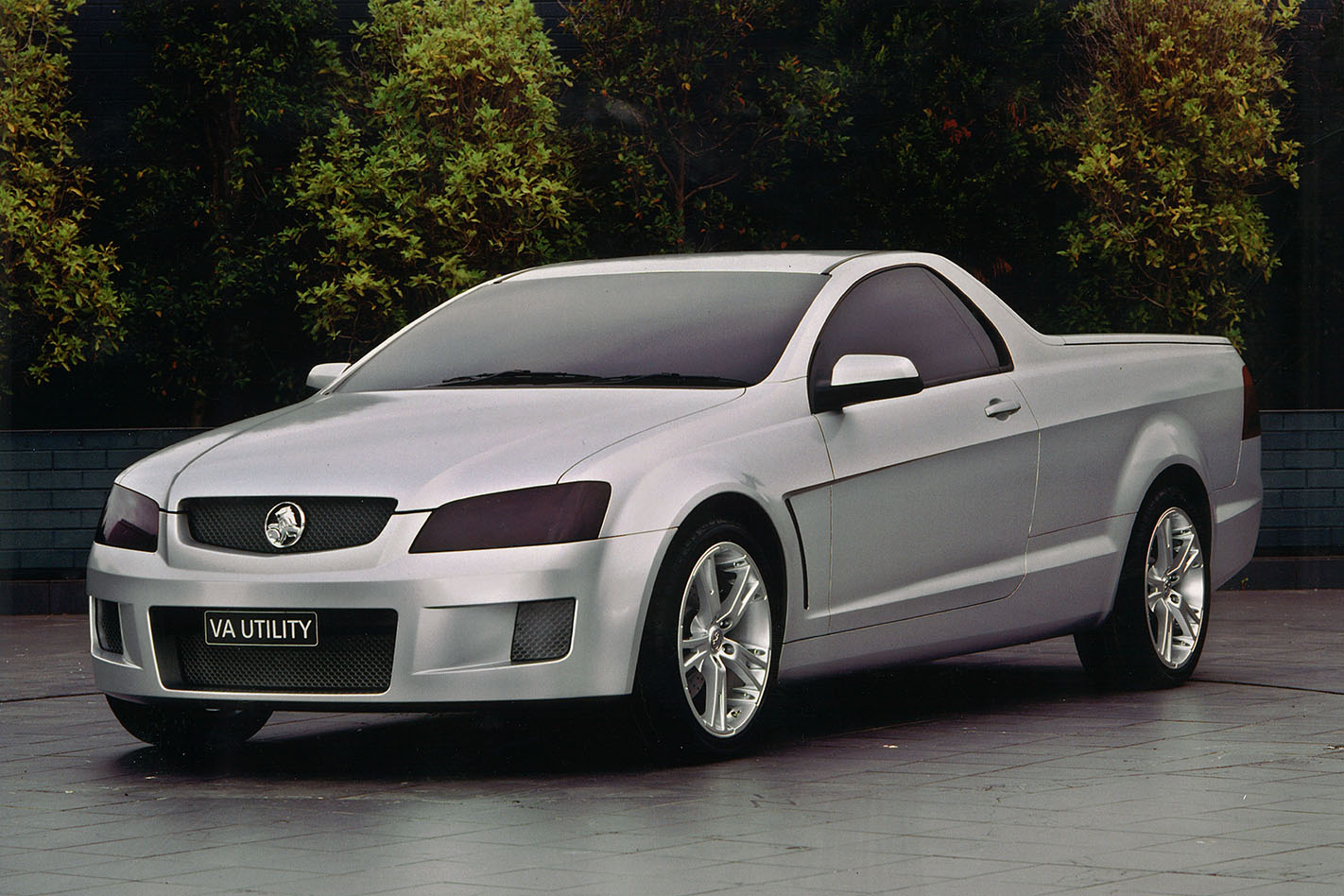
Other lost models revealed in the document include a cab-chassis VE ute, perfect for tradies and workmen. This, along with a successor to the Crewman ute, and a seven-seat Adventra follow-up, were explored but ultimately nixed during VE development.
One of the flex models was known internally at Holden as Shooting Brake. Wheels is aware the idea was mooted to pair a fastback wagon roofline with the larger coupe doors and reduced rear overhang to create a style-driven model that exemplified both the ability of the company’s designers, and the flexibility of the Zeta platform.
The newly emerged document is a fascinating insight into a chapter of Holden’s history when optimism and possibilities were at an all-time high.
So which of Holden’s lost VE Commodore variants would you like to have seen make production?


